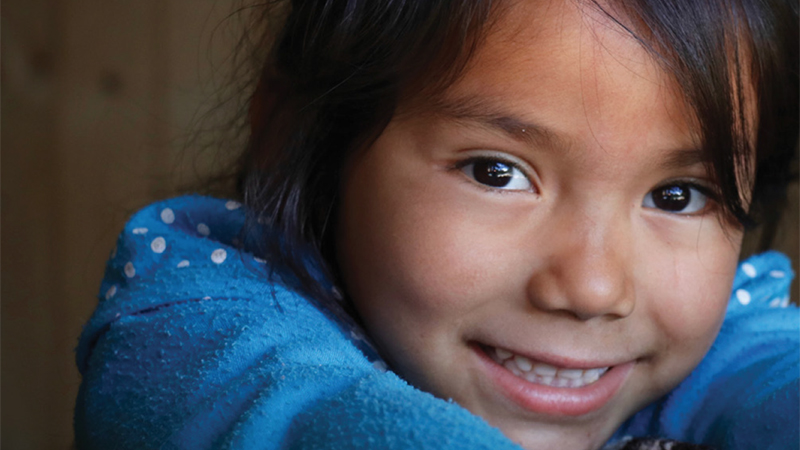
There are few factors more influential on child well-being and the likelihood of health and economic success than poverty. The long-term negative effects of child poverty across a variety of areas are well documented and severe, both in the U.S. and internationally. More than 20 percent of U.S. children live below the federal poverty line, and there are striking disparities by race and ethnicity.
Racial and ethnic minority children are a rapidly increasing subset of the U.S. child population, and the impact of child poverty on these groups has profound implications for the future of the country. So, when Congress charged the National Academies of Sciences, Engineering and Medicine with finding a way to cut child poverty in half within 10 years, they convened a committee that included experts in child development, poverty reduction strategies, economics, demography and public policy, among others.
When the National Academies invited Dolores Acevedo-Garcia, director of the Institute for Child, Youth and Family Policy, to join the committee, she was honored and thrilled. “I read the statement of task, and I immediately thought it was incredible that they were soliciting a report on child poverty with a focus on equity. It is so well aligned with everything I’ve done over the last 15-plus years.”
Acevedo-Garcia is a leading expert in racial/ ethnic disparities and the social determinants of health for children. One of her team’s flagship projects is diversitydatakids.org, a comprehensive research program and indicator database of well-being and opportunity for children in the U.S. with a focus on equity.
“Often people are shocked to learn, for example, that the largest racial or ethnic group of kids living in poverty are Hispanic children,” says Acevedo-Garcia. “People tend to know that minority populations have a higher poverty rate, but many people still think that most children living in poverty are white. That’s no longer true. Although they represent about 25 percent of the child population, Hispanic children represent about 36 percent of children in poverty.”
The National Academies produces extraordinarily rigorous reports and regularly convenes leading experts from around the country to form consensus committees. The child poverty committee is tasked with considering a variety of policy proposals to determine their effect on reducing child poverty rates within 10 years.
“What is different about this report is that we don’t just want to know the average effect; we also want to know if one policy tool will reduce inequities more than another,” says Acevedo-Garcia. The committee’s analysis uses the supplemental poverty measure, or SPM, a newer metric that takes into account all the government benefits and resources that many children receive.
“It is really important that the National Academies have formed a committee to examine child poverty, which is a huge national problem,” says Acevedo-Garcia. “The committee’s task is to say, based on the evidence and the demographic reality of the country, what is the best that we can propose? People seem to think of child poverty in the U.S. as an intractable problem, even though many other countries that are similar to the U.S. are doing much better than we are. We should not accept the child poverty rates — nor the vast inequities in child poverty — that we have.”
Read the full report, "A Roadmap for Reducing Child Poverty."

